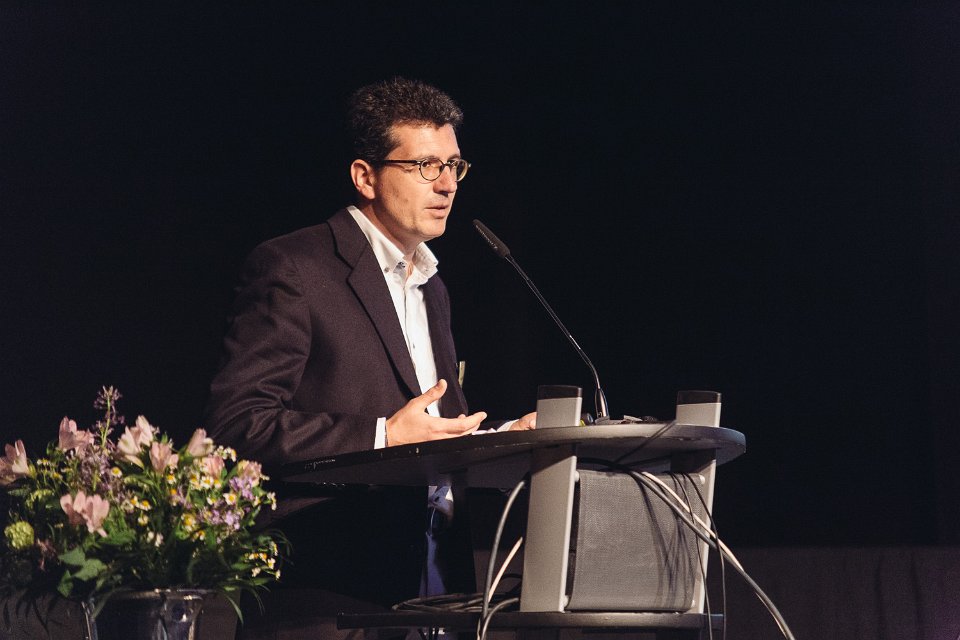Maremma Natural History Museum
Our approach toward ICH mainly refers to a new way of doing science with the participation of the public, the so-called 'citizen science'. It is a world-wide fast growing movement that promotes activities at the interface between science and society.
In the framework of this wide concept, we had the opportunities to develop several activities aimed primarily to re-engage people, composed by different communities and groups, with nature. The driving forces behind them originate in our case from global and national concerns, such as loss of ecosystems, need for sustainable development, decline in outdoor learning, need for everyone to play a part, need for greater public awareness and engagement.
Our main objectives are:
- to support a change of lifestyle - to spend time outdoors, observing and recording the local environment;
- to develop activities accessible to and enjoyed by all ages;
- to inspire a new generation of environmentalists;
- to gain a much greater understanding of the state of the natural environment for research and policy purposes. Activities range from field data collection to practitioners sharing knowledge about specific taxa, to courses to one-day workshops on herbs and mushrooms to learn and share traditional names, uses, etc. But there are also other experiences: e.g., in the framework of a EU-wide H2020 EC funded project (Do It Together science - DITOs) we hosted one week of workshops realized by the team of a Science Bus moving around Europe, with the double aim to engage people in practical experiments concerning science in our ordinary life, as well as collecting remedies and solutions that participants were willing to share with the team.
Citizen Science at the Maremma Natural History Museum
Description of the project / practice / program
As described above, our project is made up of different approaches, ranging from a recording website (www.naturaesocialmapping.it) to courses for potential citizen scientists, Bioblitzes (24h field events organized in Natura 2000 areas, where researchers, experts, practitioners and participants interact to record as much species as possible), workshops, outdoor events within the boundaries of the city walls or in the surroundings of protected areas. The main citizen science concepts and activities the museum is promoting in this field were recently showcased in a permanent exhibition we realized in the museum to inform, engage and retain people.
How were practitioners of intangible cultural heritage involved?
Our activities provide practitioners with a chance to develop a sense of identity and belonging to our area, with particular reference to its natural environment. Maremma is one of the places with the lowest human-density in Italy; the absence of industries and the high level of wilderness make it quite peculiar in this sense. Natural History Museum can help identifying, documenting, researching, promoting and transmitting these values among people living in cities. And, by doing so, they contribute to increase welfare, to promote urban regeneration and to identifiy traditional knowldges, in particolar concernig 'knowledge and practices concerning nature and the universe'.
This is the case, for example, of the project 'Natura sulle mura' (Nature on the city walls) initiative, that asked ordinary people to participate in a one-day race to photograph “and identify“ as many species of wild flowers and animals as possible. It will be repeated over time to enhance the sense of belonging and to develop and maintain specific knowledge of the place, aimed at its better understanding and fruition.
Another project, currently under development, will focus of insects as pollinators, asking scholars to identify species in their school grounds and to monitor over time their evolution, providing opportunities to ameliorate the flour richness of their gardens.
CV of the author

Andrea Sforzi is a wildlife biologist, with a background on vertebrate zoology and behavioural ecology. Since 2011 he developed an environmental citizen science project in Italy, in collaboration with the team of the successful OPAL project (UK). Bioblitzes, field toolkits, surveys, training courses and other activities have been regularly organized since then. Since 2012, he actively took part to the process of setting up the European Citizen Science Association (ECSA). In 2013 he was elected among the three Trustees of the association and in 2014 he was confirmed in that role (now formerly member of the Board of Directors). In this framework he coordinated and took part to the session on 'Museums and Citizen Science' at the International Conference ‘Citizen Science Innovation in Open Science, Society and Policy’ (Berlin, 2016). He is the curator of a book chapter on the topic, to be published in early autumn 2018. He is one of the two Italian members in the Management Committee of the European project COST CA15212 ‘Citizen Science to promote creativity, scientific literacy, and innovation throughout Europe’ and one of the promoters of the Italian informal working group Citizen Science Italia. In 2016 he was nominated member of the Advisory Board of the OPAL project (UK).
Practical
When
13 July 2018 from 10:24 to 10:24
Where
Subscriptions
It is no longer possible to subscribe to this bestpractice. Reports and videos will be published after the bestpractice.